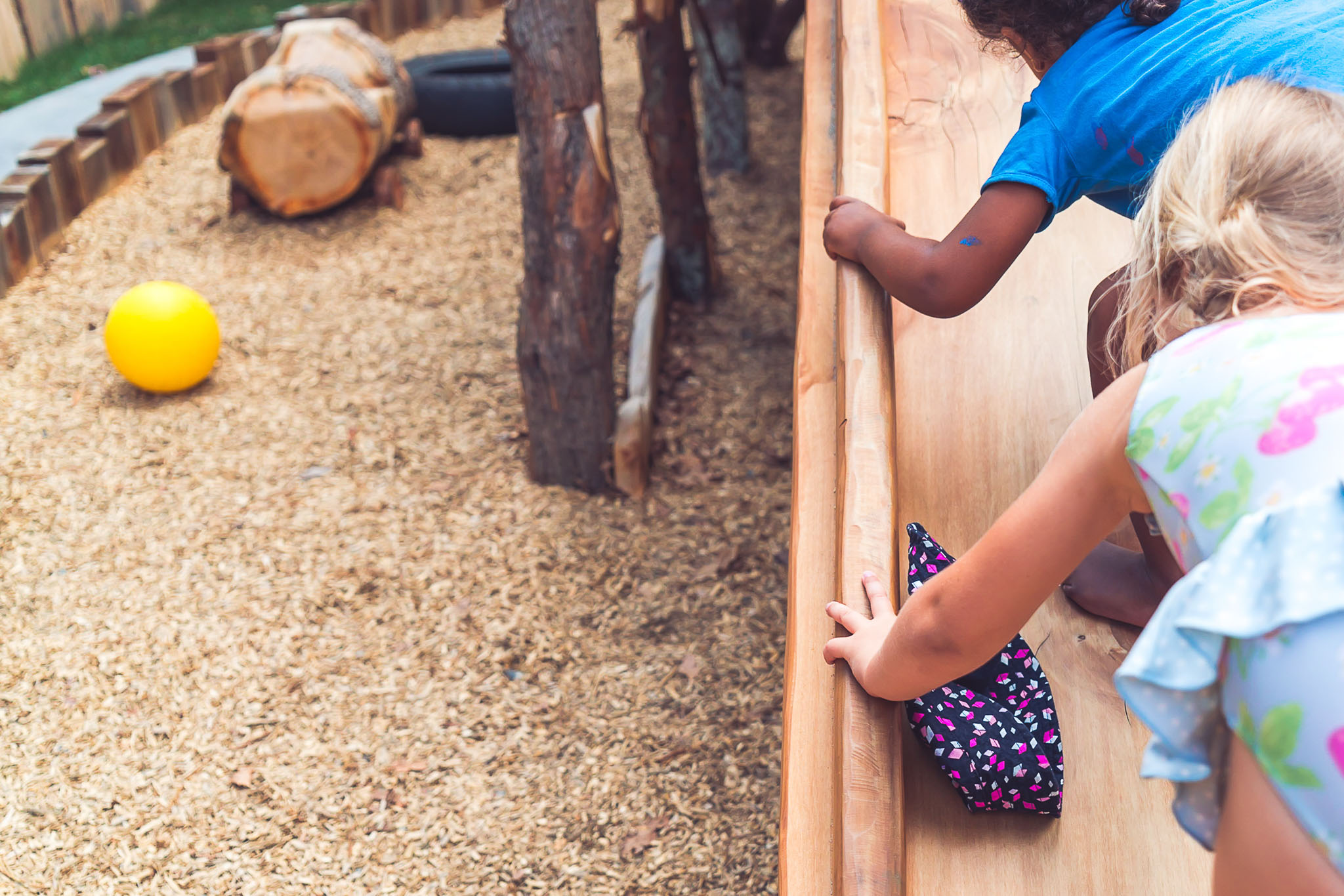Home | Our Story | The Reggio Emilia Approach

The Reggio Emilia approach to early childhood education takes its name from a city in northern Italy, and began approximately forty years ago. It was started by a group of parents who offered to care for children in their community, enabling parents to rebuild their city after World War II. Loris Malaguzzi is credited with being the founder of this early learning approach.
In 1991, Newsweek Magazine stated that the municipally run preschools of Reggio Emilia, Italy, “are the best, most innovative preschools in the world.”
The Reggio Emilia approach to teaching and learning is based upon these principles:
THE IMAGE OF THE CHILD
Children are “rich, powerful, and competent.” Children come into the educational setting with a wealth of knowledge - teachers need to tap into that knowledge and build upon the strengths of the children.
Children have many languages…drawing, writing; dramatic play and sculpting all provide children a means to express themselves. The Reggio approach strongly supports the development of these languages in young children.
CURRICULUM
The curriculum, or course of study, is emergent and originates from the children’s ideas and interests. For example, children in our preschool were interested in learning about bridges – teachers observed children building them in the block area and listened to their questions about the differences between tunnels and bridges. We walked to the engineering quad on the UMass campus with pencils and journals to sketch real bridges. The drawings and photographs sparked discussions related to bridge building in our classroom, and concepts such as “over vs. under” were uncovered, not taught. The children were then invited to construct a real bridge in our classroom using wood and hammers, nails, screwdrivers and screws.
Projects or topics of study can be short or long-term, evolving as children learn and/or ask new questions, and discover new problems to solve. Inquiry and problem-solving are a major focus of the Reggio early learning approach.
THE ROLE OF THE TEACHER
At each of our early childhood centres, there are two master teachers in each Reggio classroom. Four teaching assistants and an Atelierista (person trained in the visual arts) work in each Reggio centre to provide additional support to the children and master teachers. The low teacher-to-child ratio provides opportunities for personalized discussion and supports the documentation of children’s ideas. Teachers observe and document projects using photographs and/or videotape. This documentation is “paneled” (dialogue between children and teacher is typed and mounted on colorful poster board with photographs) and displayed throughout the classroom. As children view the panels, they see themselves as capable learners and important contributors to the project. The panels also enable each child to revisit their learning process. Teachers truly value and support children’s ideas by observing and listening closely to them, and by “partnering” with children to plan next steps.
PARENT'S ROLE
The parent is considered the child’s first teacher. Parents are highly respected and valued in a Reggio classroom. They are encouraged to participate in the program as much as they would like to – perhaps a parent could talk about their talents or hobbies with the children. Many topics for future discussions result from a parents visit. For example, a parent visited our early learning centre in February to help children learn about tapping a Maple tree for its sap. The parent then cooked the sap and made maple syrup with the children, and pancakes for snack. The process was documented with photographs of the group activity and children’s artwork of trees and sap. The children were encouraged to wonder why sap was clear when it came from the tree and then amber when poured over the pancakes. A strong community is established within the early childhood centre as parents become actively involved with teachers and their children’s learning.
CLASSROOM ENVIRONMENT
The early childhood classroom environment is considered to be the child’s third teacher, and is carefully designed to be a warm and inviting place for both children and adults. Teachers capitalize on natural light, inviting children and to paint and sketch in it frequently. There are many plants and “homey” touches in the space to support a close home-school connection. The teachers often place mirrors in interesting places around the classroom. The materials are beautifully displayed in baskets to invite children to come and play with them. The layout of the physical space can include a common space for children to gather for group work and play. Children’s artwork and documentation panels are beautifully displayed on the walls throughout the school.
Each school also has an Atelier or project studio that provides a space for small groups of children to work on projects over an extended period of time. Children are naturally drawn to materials relating to art. A variety of media are provided in the studio and children are encouraged to explore and create with them on a daily basis.
In summary this approach supports collaboration on all levels, and nurtures individuality as well. Encouraging children to be creative problem-solvers within a community is central to the Reggio Emilia approach.

Early childhood centres

